Micro Trends: Why they are Destroying the Fashion Industry and The Environment
December 8, 2021
What is a Microtrend?
The first question we should ask is what are micro-trends? Definition.com puts it as, “(noun) A very small, specific trend or vogue.” You may be wondering, why is something this small destroying the fashion industry and the environment? It’s simple. Microtrends cause people to buy more in less time. Here’s an example: let’s say that bananas have been trending for 2 months. The apple makers are mad that people aren’t buying enough apples, so they send apples to influencers to promote apples. People stop buying bananas, and they start buying apples. A few months later, the same cycle repeats with another fruit. This is an easy example of a Microtrend.
The “dupe” effect

The biggest environmental impact is fast fashion brands ripping off luxury brands in the name of the microtrend. Usually, the starters of microtrends are designer brands making a unique product. People catch on and then fast fashion brands realize that they can make lots of money by making a fake version of the product or a “dupe.” Let’s be real here. Given the choice between an expensive but trendy piece, and a piece that looks the same but a fraction of the cost, which one would you pick? The dupe right? The problem is that these dupes are made from brands like Princess Polly or Fashion Nova, which don’t have very good ethical practices.
House of Sunny Hockney dresses
A recent example of a microtrend is the Hockney dress from House of Sunny. These dresses were popularized when supermodel Kendall Jenner first wore one on an Instagram post. Promoted as ethically made, the $128 item boasts a flattering fit, alluring green color, s wirl graphics, and cozy knit material. The average person probably isn’t going to want to spend that hefty price tag on a dress. Not even a week later, Amazon created a dupe for the dress that was $36. Instead of buying the real piece, everyone bought the dupe. The market then became saturated with everyone wearing the dress and people grew bored, so the trend ended and the dress got shoved to the back of the closet, never to be worn again. It would be really sad to have bought the real one and now it becomes “out” to still wear it.
wirl graphics, and cozy knit material. The average person probably isn’t going to want to spend that hefty price tag on a dress. Not even a week later, Amazon created a dupe for the dress that was $36. Instead of buying the real piece, everyone bought the dupe. The market then became saturated with everyone wearing the dress and people grew bored, so the trend ended and the dress got shoved to the back of the closet, never to be worn again. It would be really sad to have bought the real one and now it becomes “out” to still wear it.
The Aftermath
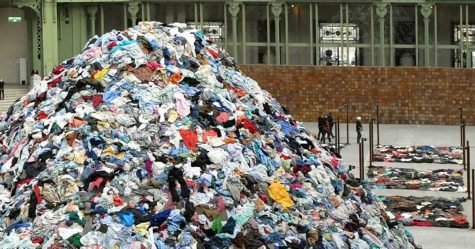
Ever wondered what happens when people buy this many clothes? An article from Princeton states, “Due to how affordable the clothing is and how new trends convince consumers to seek out more, the value of clothes may diminish in the eyes of consumers. As of 2019, the current report shows that 62 million metric tons were consumed globally.” Yeah, you heard that right. What’s worse is that these clothes were made in sweatshops with little to no pay and sometimes child labor. The question we need to ask ourselves is if this is truly worth it just to be in style.
A Solution
With this big of a problem, a solution is desperately needed to save the earth and our wallets. The #1 solution is limiting the media we consume. Microtrends started at the birth of social media so if we limit our intake, our true tastes and interests can shine, not a trend that lasts for a few months. The takeaway I hope to send from this article isn’t to not buy from fast fashion brands, it’s to buy responsibly and intuitively.







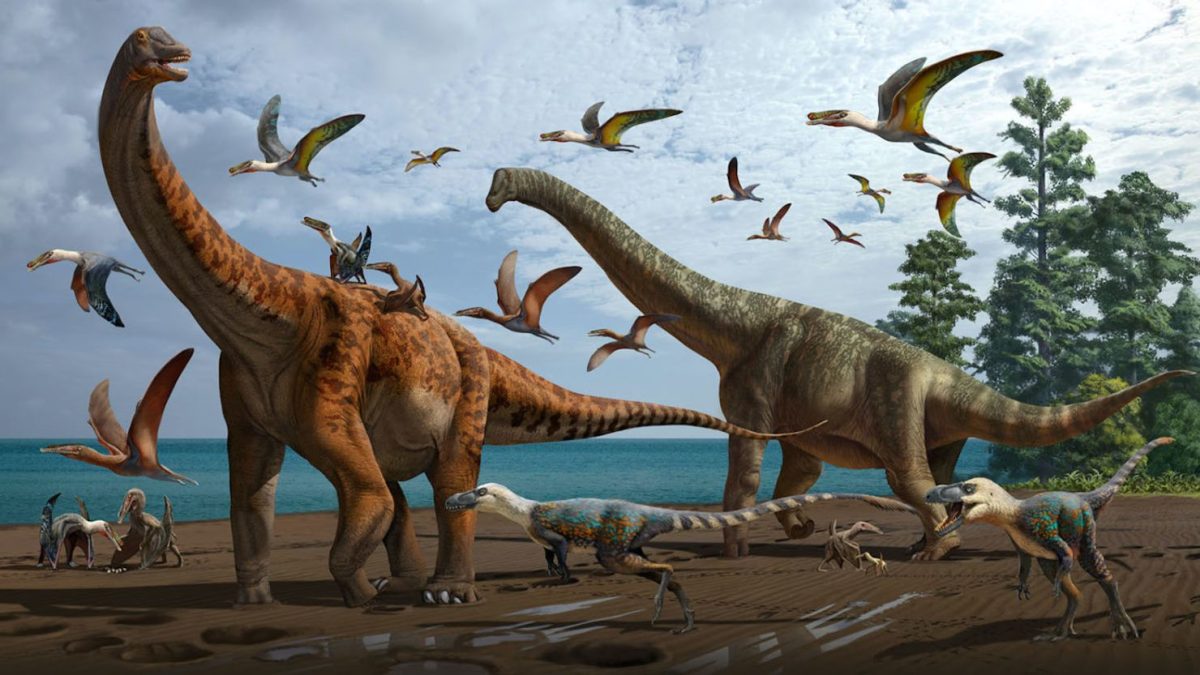



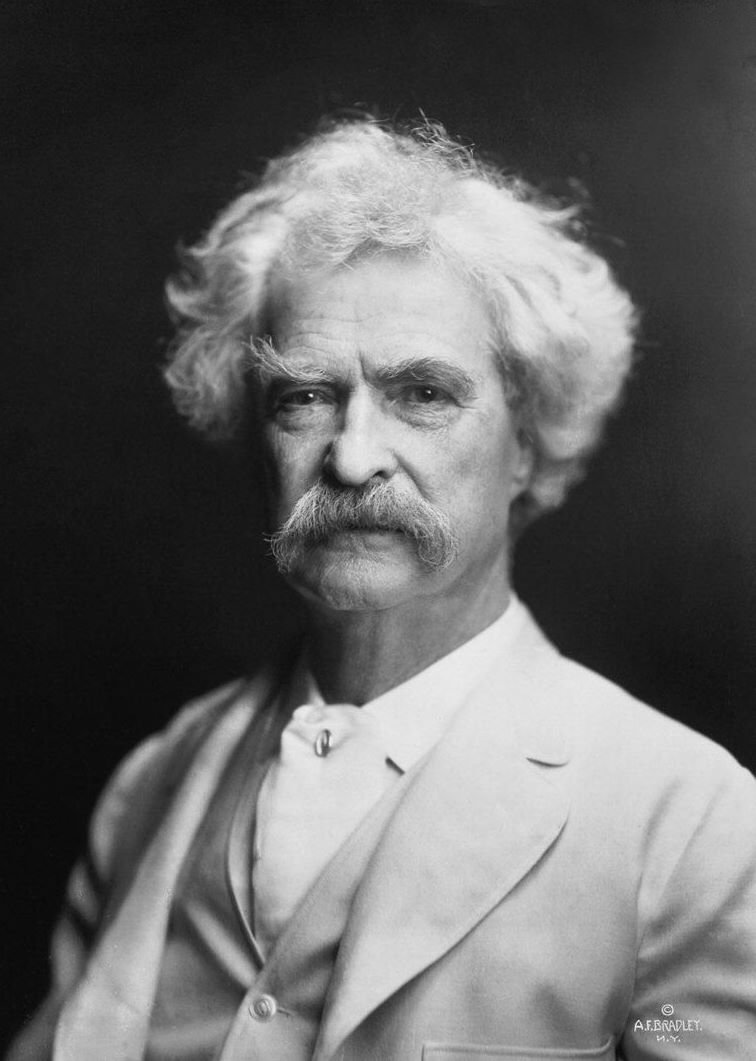


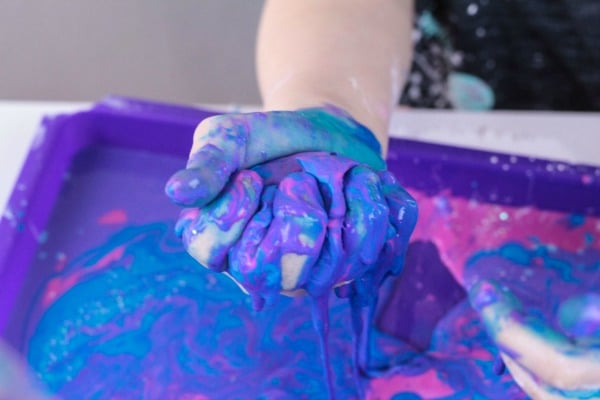


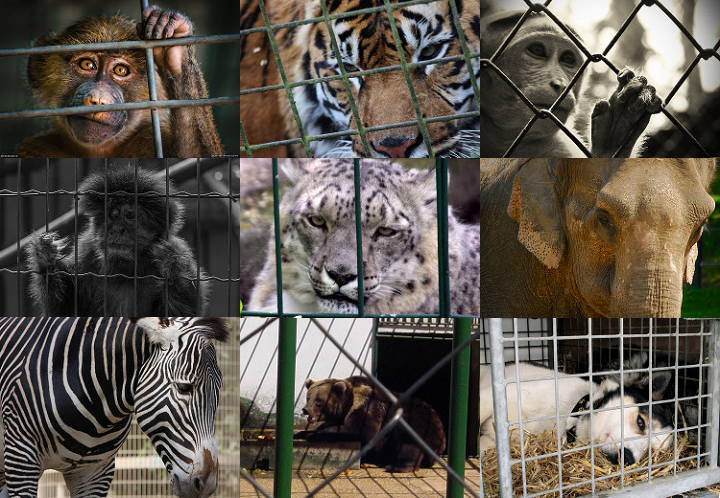
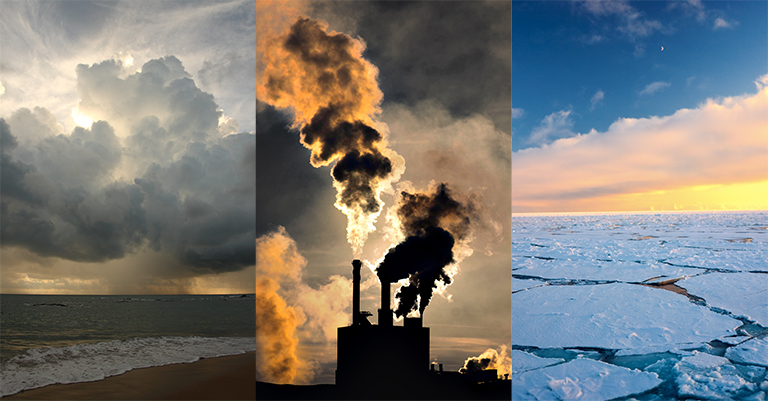




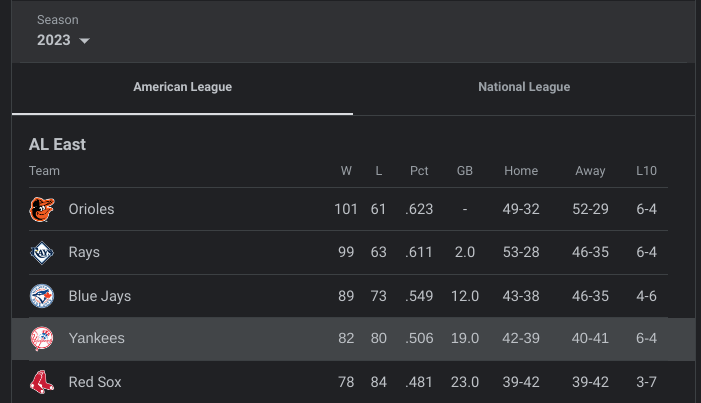

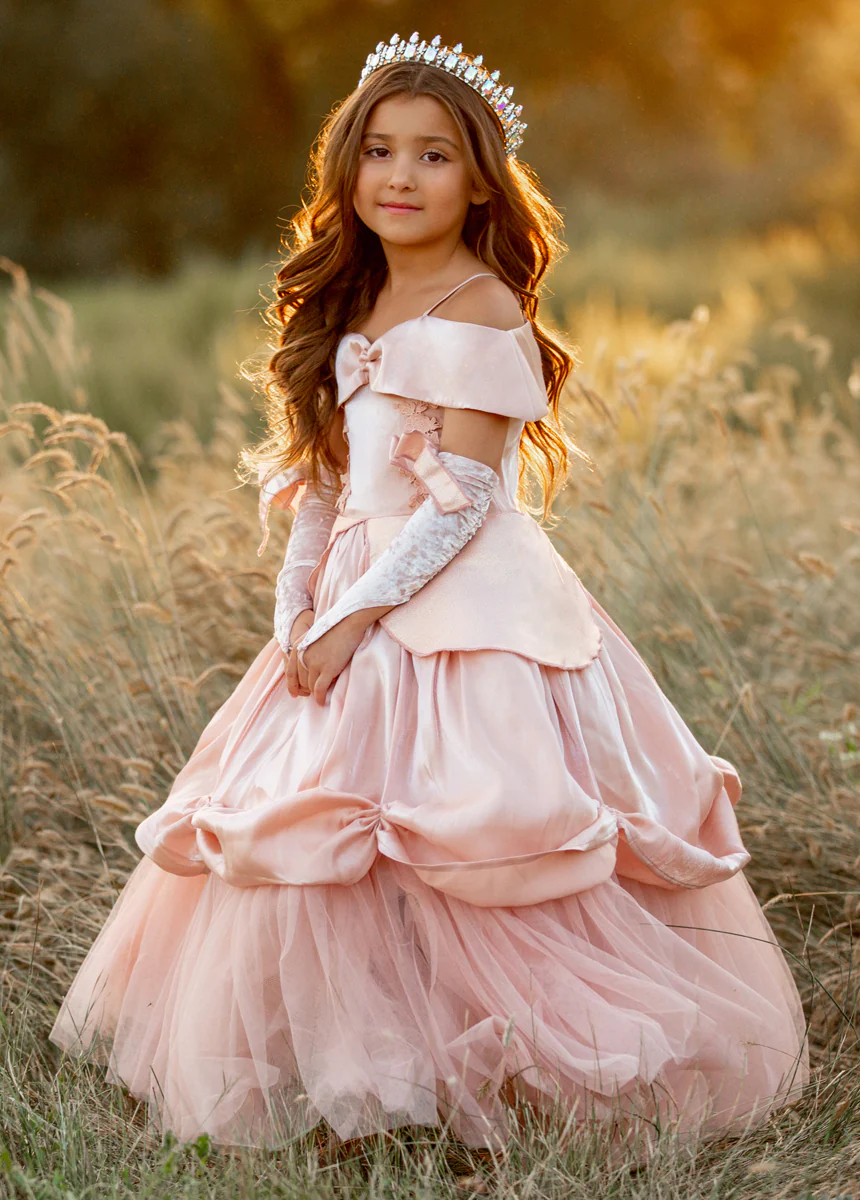










Leslie • Jan 24, 2022 at 9:50 am
Great article 🙂